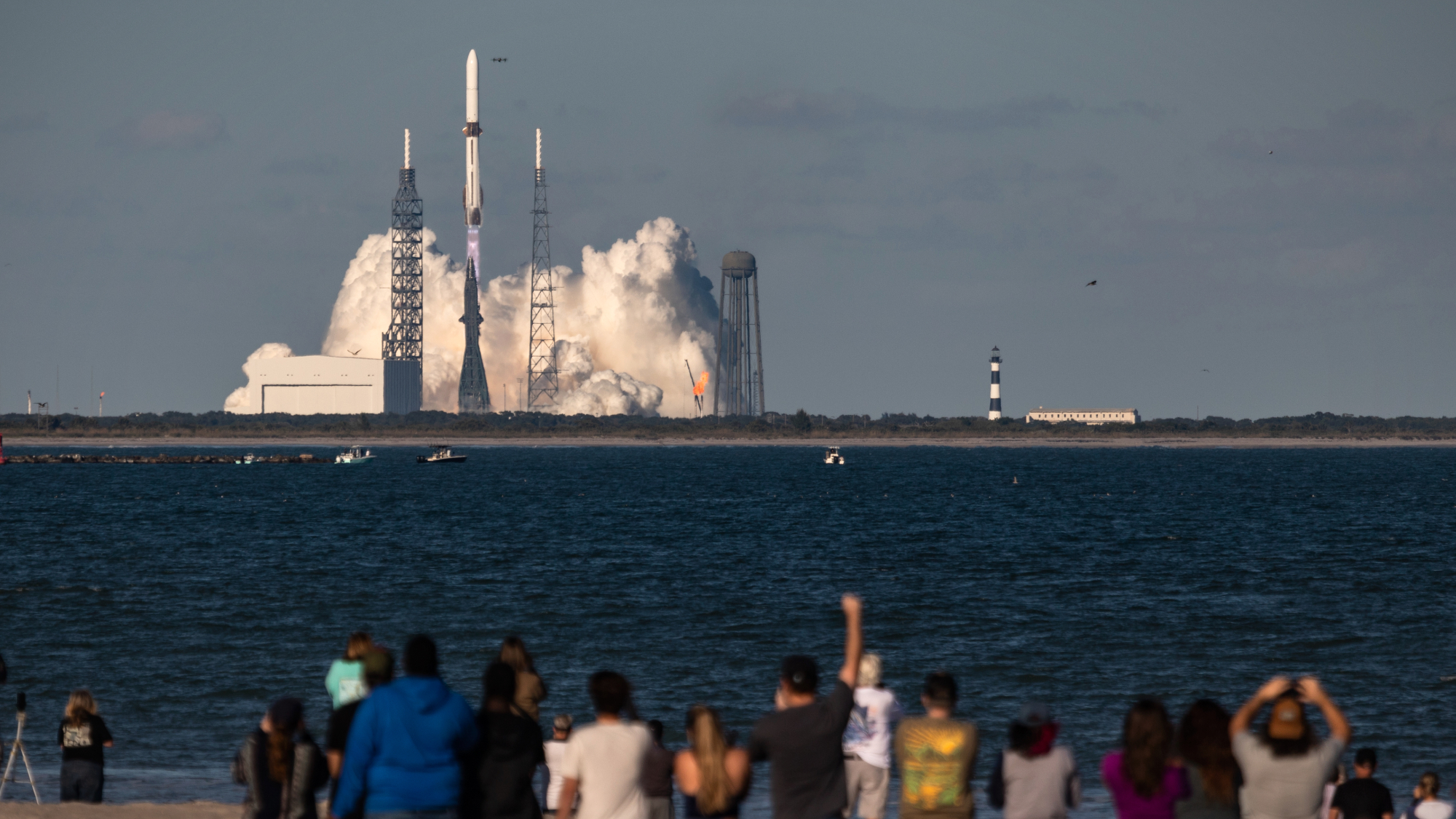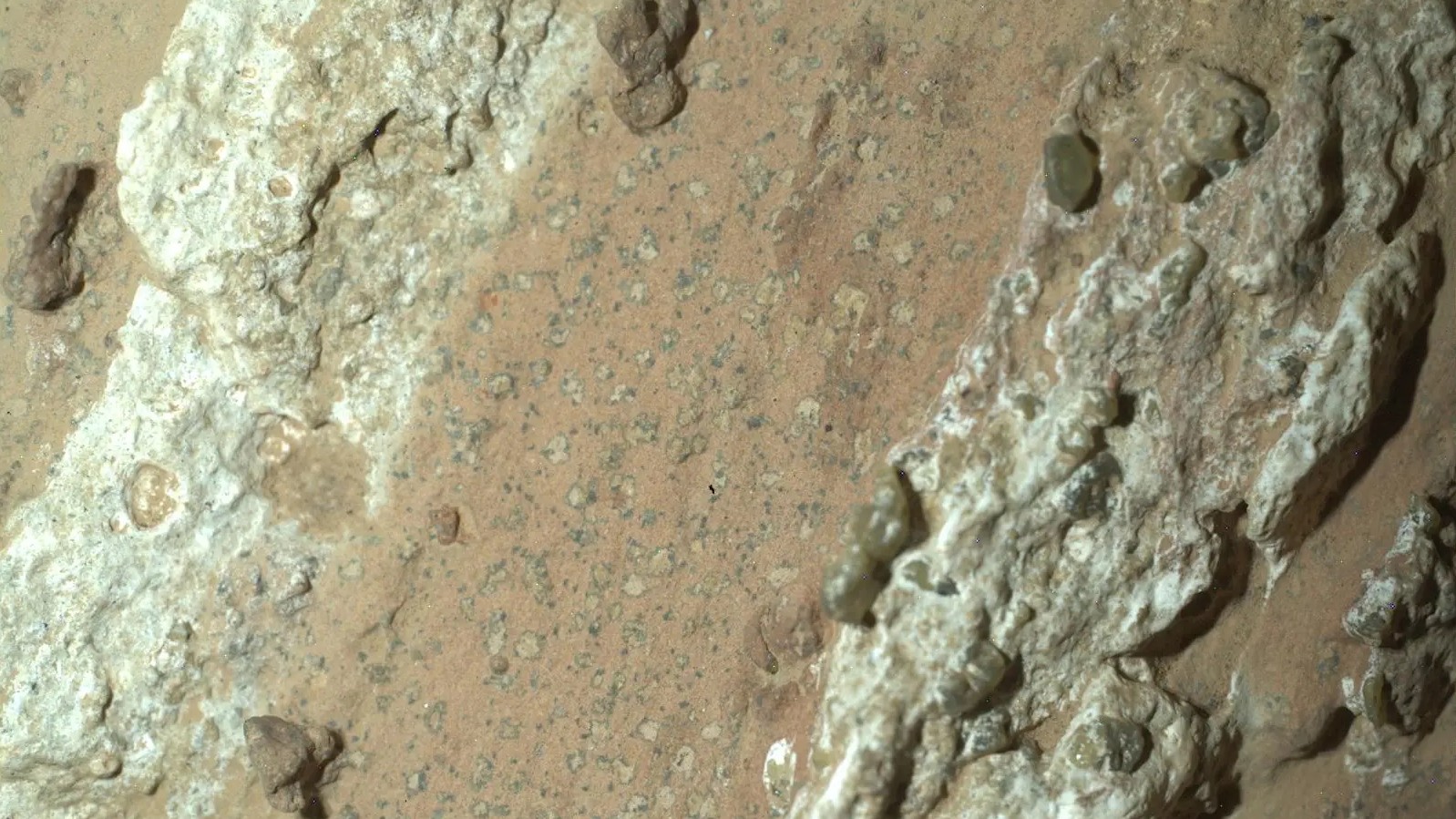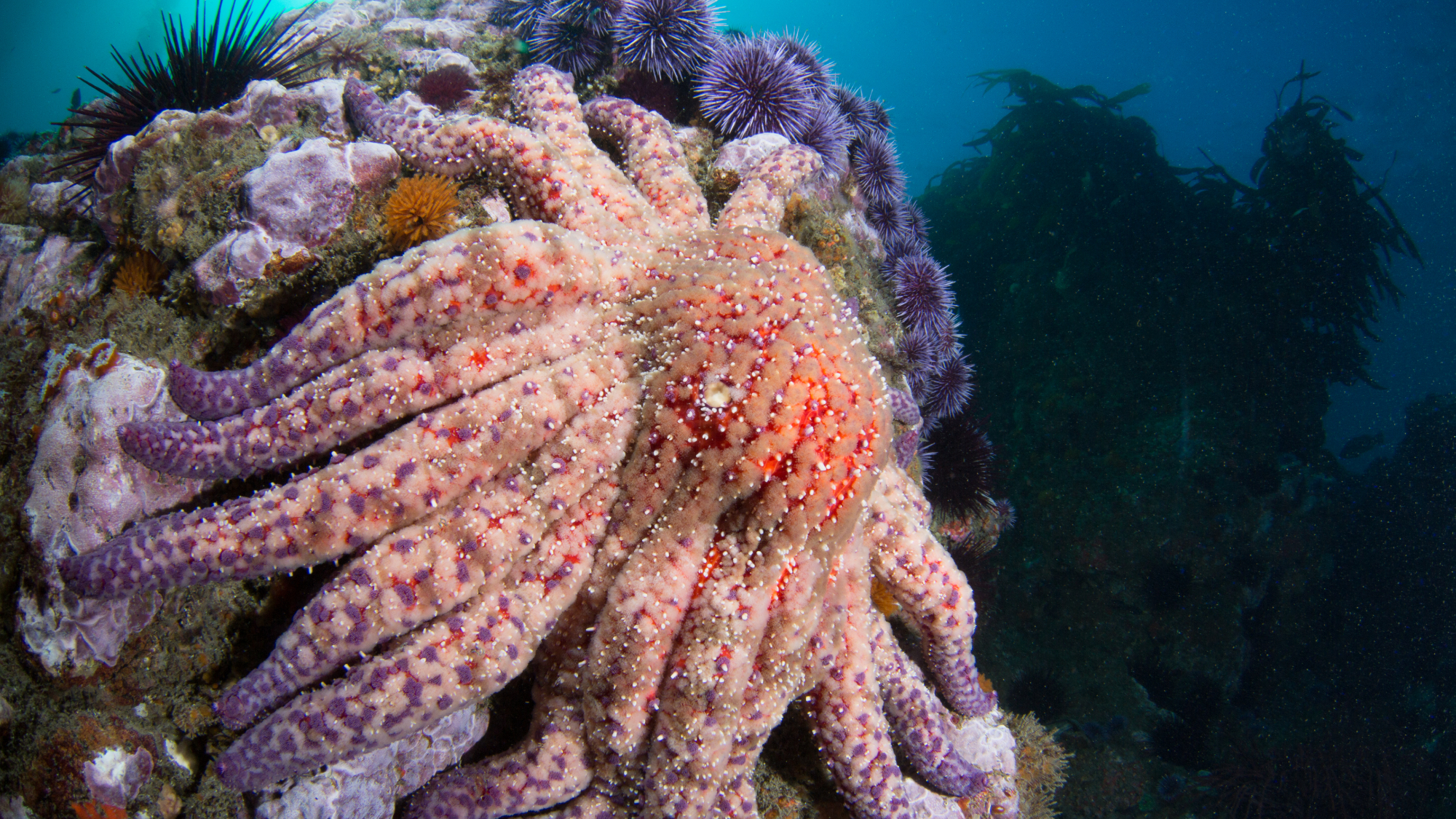SpaceX breaks Starship losing streak in 10th test
The Starship rocket's test flight was largely successful, deploying eight dummy satellites during its hour in space


What happened
SpaceX Tuesday evening conducted a largely successful 10th test flight of its mammoth Starship rocket, with both the upper stage and rocket booster making it back to Earth intact and simulating soft vertical landings in the ocean before exploding, as anticipated. In a first for Starship, the uncrewed spacecraft deployed eight dummy satellites during its hour in space.
Who said what
The "successful demo came after a year of mishaps" for Elon Musk's massive rocket, The Associated Press said. After an impressive fifth launch last year, SpaceX "experienced dramatic failures in four recent tests," The Washington Post said.
Tuesday's "nearly flawless" mission was a "likely relief to both SpaceX and NASA," which is "counting on Starship as the lander to put its astronauts on the moon in the coming years," The New York Times said. Musk also has "much riding on the rocket," envisioning it as a reusable vehicle to "carry satellites, scientific devices and, eventually, astronauts," including to Mars, The Wall Street Journal said.
What next?
SpaceX "appeared to achieve all of their test objectives," but they are still probably "six months behind where they wanted to be" due to this year's earlier failures, Todd Harrison from the American Enterprise Institute told the Times. "If they can get another test flight within six weeks or so, they can start to catch up."
The Week
Escape your echo chamber. Get the facts behind the news, plus analysis from multiple perspectives.

Sign up for The Week's Free Newsletters
From our morning news briefing to a weekly Good News Newsletter, get the best of The Week delivered directly to your inbox.
From our morning news briefing to a weekly Good News Newsletter, get the best of The Week delivered directly to your inbox.
A free daily email with the biggest news stories of the day – and the best features from TheWeek.com
Peter has worked as a news and culture writer and editor at The Week since the site's launch in 2008. He covers politics, world affairs, religion and cultural currents. His journalism career began as a copy editor at a financial newswire and has included editorial positions at The New York Times Magazine, Facts on File, and Oregon State University.
-
 How the War Department became the Department of Defense – and back again
How the War Department became the Department of Defense – and back againIn Depth In 1947 President Harry Truman restructured the US military establishment, breaking with naming tradition
-
 Sudoku hard: December 8, 2025
Sudoku hard: December 8, 2025The daily hard sudoku puzzle from The Week
-
 Codeword: December 8, 2025
Codeword: December 8, 2025The daily codeword puzzle from The Week
-
 Blue Origin launches Mars probes in NASA debut
Blue Origin launches Mars probes in NASA debutSpeed Read The New Glenn rocket is carrying small twin spacecraft toward Mars as part of NASA’s Escapade mission
-
 Dinosaurs were thriving before asteroid, study finds
Dinosaurs were thriving before asteroid, study findsSpeed Read The dinosaurs would not have gone extinct if not for the asteroid
-
 NASA reveals ‘clearest sign of life’ on Mars yet
NASA reveals ‘clearest sign of life’ on Mars yetSpeed Read The evidence came in the form of a rock sample collected on the planet
-
 NASA is moving away from tracking climate change
NASA is moving away from tracking climate changeThe Explainer Climate missions could be going dark
-
 Rabbits with 'horns' sighted across Colorado
Rabbits with 'horns' sighted across Coloradospeed read These creatures are infected with the 'mostly harmless' Shope papilloma virus
-
 Why does the US want to put nuclear reactors on the moon?
Why does the US want to put nuclear reactors on the moon?Today's Big Question The plans come as NASA is facing significant budget cuts
-
 Lithium shows promise in Alzheimer's study
Lithium shows promise in Alzheimer's studySpeed Read Potential new treatments could use small amounts of the common metal
-
 Scientists discover cause of massive sea star die-off
Scientists discover cause of massive sea star die-offSpeed Read A bacteria related to cholera has been found responsible for the deaths of more than 5 billion sea stars
